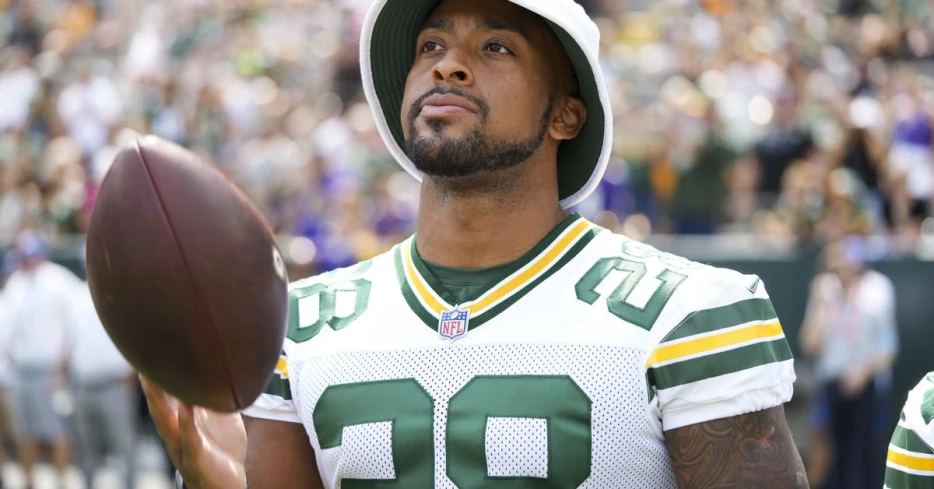
 Acme Packing Company
Acme Packing Company
Dillon’s absence in 2024 had a profound impact of the team.
As the Green Bay Packers transition into the 2025 offseason, they have a handful of decisions to make on players who will be unrestricted free agents. 11 members of the team’s 2024 roster are set to hit free agency when March 12 arrives, and one can at least make a case for keeping just about any of them.
Today, AJ Dillon gets a look. Should the Packers keep their 2020 second-round pick?
Career totals: 597 Carries, 2428 Yards, 4.1 Y/C, 16 TDs.
More importantly: 8.9 Yards per Reception, 3 Fumbles Ever, Mayor of Door County, -.36 RYOE/ATT (2023). Missed 2024 (Neck).
When the UFA assignment spreadsheet for Acme Packing Company was released for sign-up the other day, I wasted no time in pouncing on AJ Dillon, perhaps the most important unrestricted free agent on the 11 options. It’s absolutely crucial that the Packers get Dillon back in the fold for 2025 as his absence was really felt in 2024, and even more so in the first round of the playoffs where, outside of one brilliant 31-yard carry, star Josh Jacobs ran 17 times for just 50 yards. Emmanuel Wilson chipped in 3 carries for 6 yards.
You see, the problem with Jacobs, Wilson, and even Chris Brooks, is that they’re all well above average options with Jacobs leading the way as an absolute star. This was an enormous drag on the team. Here’s where the Packers ranked in neutral situation passing in 2024:
Versus 2023:
And if you’re thinking (reasonably) that this may just be the impact of the Malik Willis games, I can assure you it is not.
The fact of the matter is that the Packers ran WAY too much in 2024, and did so in virtually all situations. This was especially damaging on 2nd down, and 2nd and short in particular, as 2nd and short if an ideal time to take a shot downfield, with 3rd down still available to convert should you fail.
The Packers under Matt LaFleur have always been a run-heavy team, as are their 49ers siblings, but this year they took it to an unhealthy extreme. The fact of the matter is that even in the prototypical Shanahan system, running the ball is still done in service to the passing game, to force defenses to load up with heavies and take advantage for big passing plays when they do. This year Matt LaFleur frequently just seemed to enjoy running for the sake of running, and it hurt the team. They still did hit plenty of big plays when they passed, but the added runs hurt their overall success rate (running, even good running, is still on average less efficient than passing), and it shortened games. Shortening games is a great idea if you’re an underdog punching up at a high-flying juggernaut, but the Packer offense, when healthy, is very good, and so denying them...